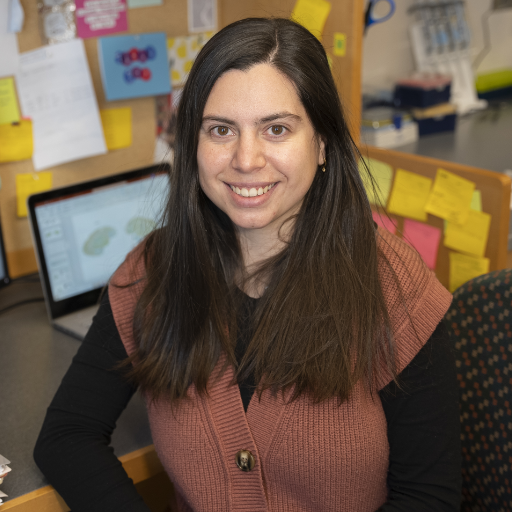Mapping the Crosslink of Senescence and Inflammation in Neurodegeneration

Principal Investigator
Violeta Duran Laforet, PhD
University of Massachusetts Medical School
Worcester, MA, USA
About the Research Project
Program
Award Type
Postdoctoral Fellowship
Award Amount
$200,000
Active Dates
July 01, 2022 - June 30, 2024
Grant ID
A2022006F
Goals
My goal is to create the first spatial map of senescence in the brain with aging and AD and identify new, senescence and microglia-specific targets for therapeutic intervention in neurodegeneration.
Summary
Aim 1: Determine how and where senescence impacts microglial inflammatory profiles during neurodegeneration. I will determine: 1) how senescence impacts subpopulations of microglia and 2) explore senescent microglial spatial distribution. Aim 2: Define the senescence transcriptome in the human AD brain. To further understand the impact of microglial senescence in AD, I will extend these studies into postmortem human tissue. I will use human tissue to study the spatial transcriptomic distribution of senescent cells, including microglia, in tissue from AD patients and aged-matched controls.
Unique and Innovative
Currently, there are only a few labs in the world that have employed MERFISH spatial transcriptomic technology. We have recently acquired one of the few systems that exist, which I implemented in the Schafer lab. Also, I have acquired mice in which I can induce cellular senescence in a cell type and temporal-specific manner. With these powerful approaches I am uniquely positioned to globally map senescence through all major central nervous system cell types. This will represent the first map of cellular senescence in the Alzheimer’s disease brain.
Foreseeable Benefits
Microglia are now a major target for therapeutic intervention in (Alzheimer’s Disease) AD. While senescent cells, a hallmark of aging, have been identified in AD it remains unclear how senescent microglia contribute to neurodegeneration and whether senescence occurs uniformly through the whole brain or if is spatially restricted to specific brain regions more prone to neurodegeneration. I will now answer these key questions and I will likely also identify a wealth of new, senescence and microglia-specific molecules as future targets for therapeutic intervention in AD.
Related Grants
Alzheimer's Disease Research
The Role of DYRK1A in Altered Microglia Biology in a Cellular Model of Alzheimer’s Disease in Down Syndrome
Active Dates
January 01, 2025 - December 31, 2027

Principal Investigator
Frances Wiseman, PhD
Current Organization
University College London (UK)
Alzheimer's Disease Research
The Astrocyte Cell Surface Proteome in Alzheimer’s Disease
Active Dates
July 01, 2025 - June 30, 2027

Principal Investigator
Omar Peña-Ramos, PhD
Current Organization
Baylor College of Medicine
Alzheimer's Disease Research
Targeting the Adaptive Immunity to Prevent Alzheimer's Brain Degeneration
Active Dates
July 01, 2025 - June 30, 2027

Principal Investigator
Joshua Emmerson, PhD
Current Organization
Washington University in St.Louis



